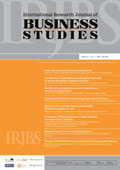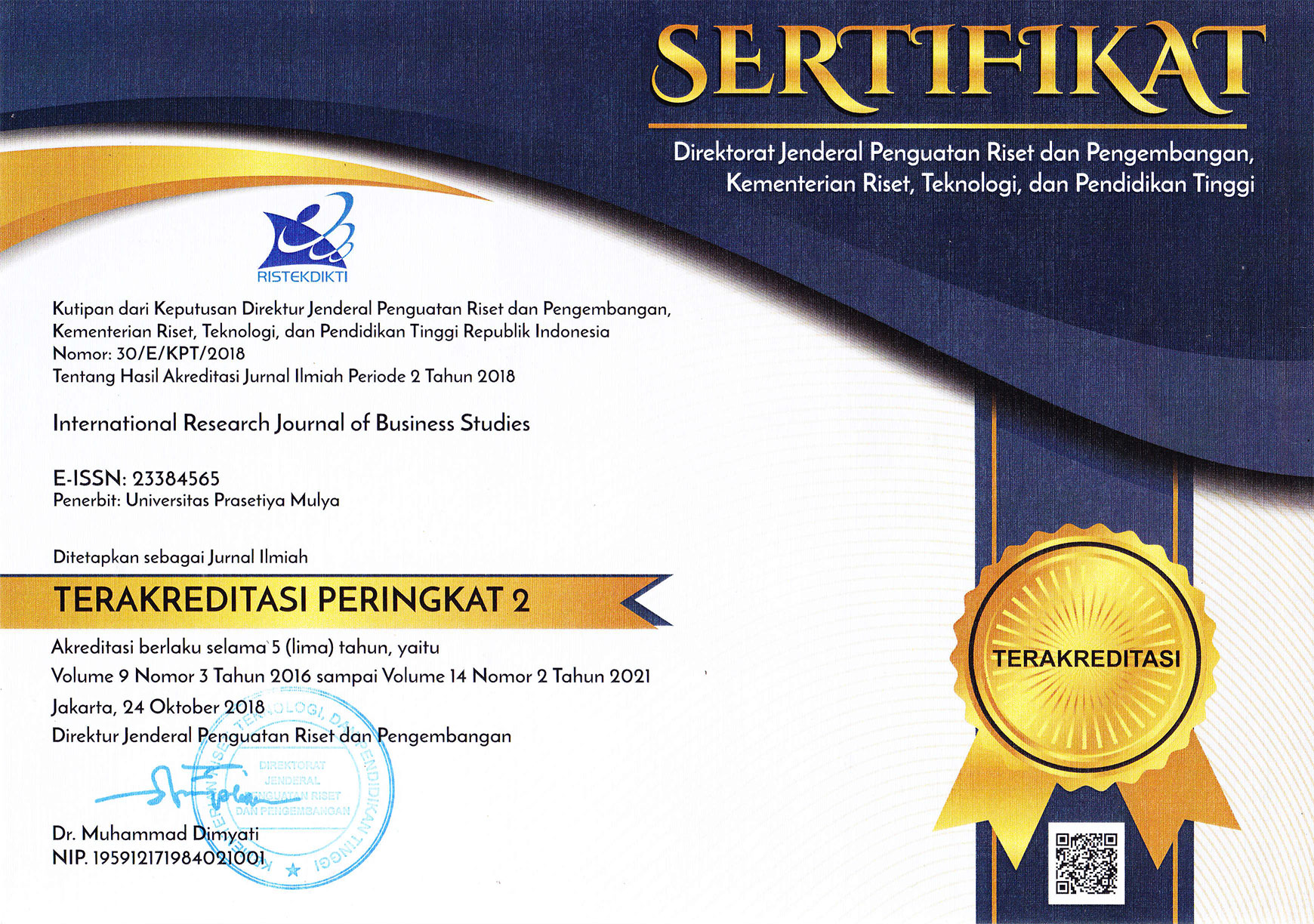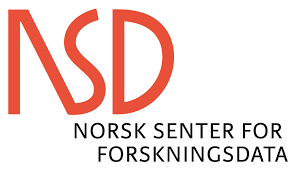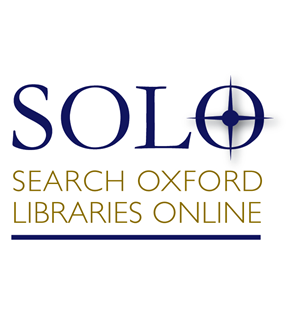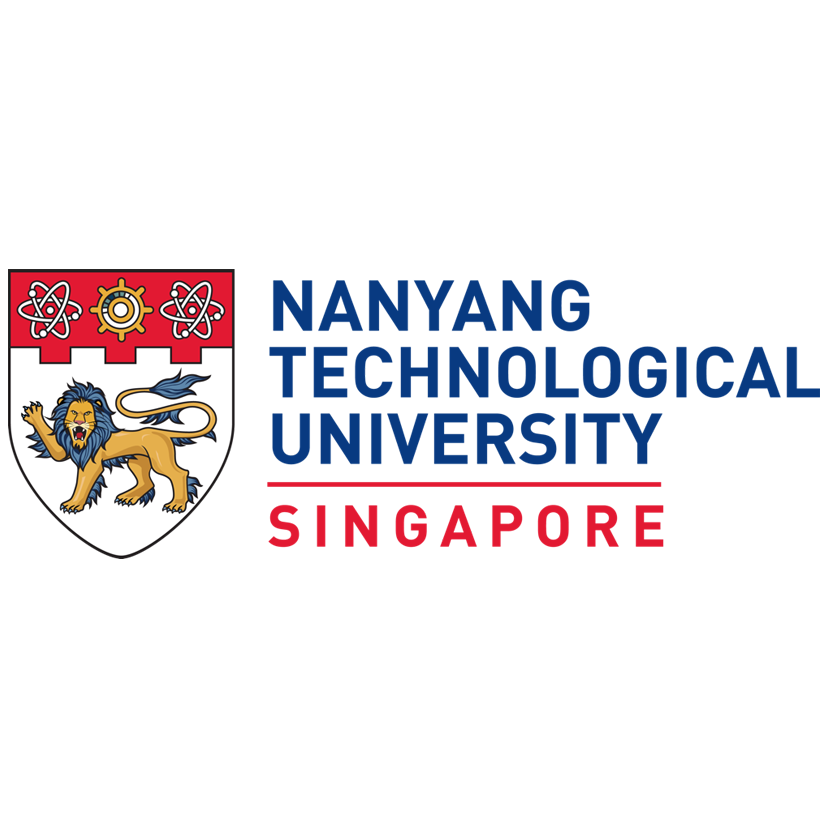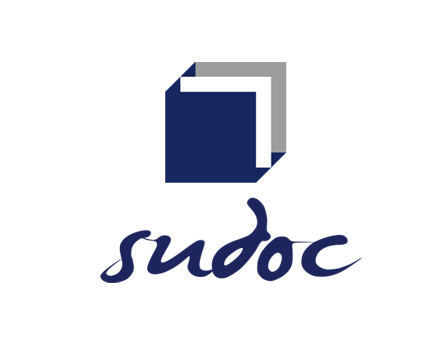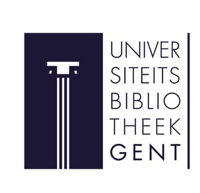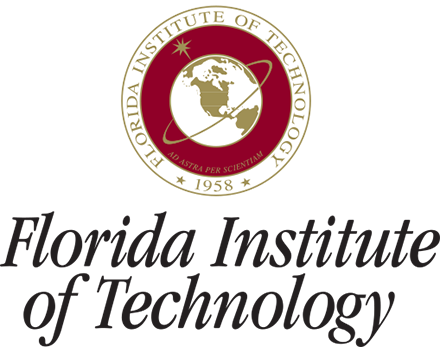Article Metrics |
|
|
Sustainable Competitive Advantage of Riau Malay Weaving Industry Based on Local Wisdom
Abstract
This study aims to analyze the strategy of developing Riau Malay woven fabrics’ competitiveness and what factors predominantly influence efforts to develop the sustainable competitive advantage of the Riau malay weaving industry based on local wisdom of Malay fabrics in Pekanbaru. The sampling technique chosen was using a purposive sampling of 14 SMEs of Riau Malay woven fabric in Pekanbaru. SWOT analysis was applied as an analysis tool. This research is more in looking at the Riau Malay woven fabric craftsmen based on their ethnic abilities to differ from previous research. The research findings show aspects of product strength consisting of authenticity values of motifs/patterns based on typical regional philosophies not possessed by other regions as a cultural identity. Human resources’ knowledge and skills in producing Riau Malay Weaving fabrics inimitable, and there is no substitute for being a force that will not quickly transfer to other companies
Keywords: woven fabric industry, small industry, local wisdom, sustainable competitive advantage
* Departement of Business Administration, Universitas Islam Riau, Jl. Kaharudin Nasution KM 113, Simpang Tiga, Bukit Raya, Pekanbaru, Indonesi
Full Text:
References
Aaltonen, at al. (2015). Enterprise cultural heritage: The source for sustainable competitive advantage and survival for food sector SMEs. International Journal of Entrepreneurship and Innovation, 16(2), 73–83. https://doi.org/10.5367/ijei.2015.0178
Aaltonen, S., Heinze, A., Ielpa, G., & de Tommaso, D. (2015). Enterprise cultural heritage: The source for sustainable competitive advantage and survival for food sector SMEs. International Journal of Entrepreneurship and Innovation, 16(2), 73–83. https://doi.org/10.5367/ijei.2015.0178
Abbas, I. (2013). KEARIFAN LOKAL MANUSIA BUGIS YANG TERLUPAKAN. Sosiohumaniora Jurnal Ilmu-Ilmu Sosial Dan Humaniora, 15(3), 272–284.
Akio, T. (2005). The Critical Assessment of the Resource- Based View of Strategic Management. Ritsumeikan International Affairs, 3(2005), 125–150.
Ansoff, H. . (1965). Corporate Strategy, New York; McGraw Hill Publishing Company, 1965.
Autio, M., Collins, R., Wahlen, S., & Anttila, M. (2013). Consuming nostalgia? The appreciation of authenticity in local food production. International Journal of Consumer Studies, 37(5), 564–568. https://doi.org/10.1111/ijcs.12029
Bain, J. S. (1959). Industrial Organization. In Organization Studies (Vol. 27, Issue 10). https://doi.org/10.1177/0170840606067250
Barney & Clark. (2007). Resource Based Theory. Creating and Sustaining Competitive Advantage. Oxford University Press, Oxford.
Barney, J. (1991). Firm Resources and Sustained Competitive Advantage. Journal of Management, 17(1), 99–120. https://doi.org/10.1177/014920639101700108
Barney, J. B. (2001). Resource-based theories of competitive advantage: A ten-year retrospective on the resource-based view. Journal of Management, 27(6), 643–650. https://doi.org/10.1016/S0149-2063(01)00115-5
Barney, J. B. (2007). Gaining and Sustaining Competitive Advantage. 3ed. Pearson International Education Inc., Publishing as Prentice-Hall Upper Saddle River, New Jersey, 07458, USA.
Bharadwaj, Sundar G, P.R.Varadarajan, & Fahly, J. (1993). “Sustainable Competitive Advantage in Service Industries: A Conceptual Model and Research Propositions“. Journal of Marketing., Vol.57, p.83-99.
C. Marlene Fiol. (1991). Managing Culture as a Competitive Resource: An Identity-Based View of Sustainable Competitive Advantage. Journal of Management, 17(1), 191–211. https://doi.org/10.1177/014920639101700112
Carmeli, A., & Tishler, A. (2004). Resources, capabilities, and the performance of industrial firms: A multivariate analysis. Managerial and Decision Economics, 25(6–7), 299–315. https://doi.org/10.1002/mde.1192
Das, T. K., & Teng, B.-S. (2000). A Resource-Based Theory of Strategic Alliances. Journal of Management, 26(1), 31–61. https://doi.org/10.1177/014920630002600105
Eikelenboom, B. . (2005). Organizational Capability & Bottom Line Performance. Eburon,Delft.
Fahy, J., & Smithee, A. (1999). Strategic Marketing and the Resource Based View of the Firm. 10.
Ferdinand, A. (2005). “Manajemen Pemasaran: Sebuah Pendekatan Strategy”. Research Paper Series. No.01 Program Magister Manajemen Universitas Diponegoro. Ferdinand, Augusty. (2005). “Structural Equation Modelling Dalam Penelitian Manajemen”.
Ferrell, O. C. (n.d.). Marketing Strategy (3rd ed.). Mason, OH: South-Western Thomson.
Giddens, A. (2001). Runaway World: Bagaimana Globalisasi Merombak Kehidupan Kita. Jakarta: Gramedia.
Grant, R. M. (1999). . The resource-based theory of competitive advantage: implications for strategy formulation. In Knowledge and strategy .
Grant, Robert M. (2003). Strategic Planning In A Turbulent Environment : Evidence From The Oil Majors. 517(October 1999), 491–517. https://doi.org/10.1002/smj.314
Hamel, G., Doz, Y. L., Prahalad, C. K., Kandampully, Jay, Lu, D., & Sawhney, M. (2003). Your Competitors. Management Decision, 41(5), 443–451. https://doi.org/10.1108/09544780310469271
Hills, G. E., Hultman, C. M., & Miles, M. P. (2008). Entrepreneurial Marketing. 46(1), 99–112.
Hunger, J.David & Wheelen, T. L. (2011). Manajemen Strategis. Andi Yogyakarta.
Ife, jim. (2002). Community Development: Community Based alternative in an Age of globalization. Australia: Parson education.
Jang, J., Ko, E., Chun, E., & Lee, E. (2016). A Study of a Social Content Model for Sustainable Development in the Fast Fashion Industry A Study of a Social Content Model for Sustainable Development in the Fast Fashion Industry. Journal of Global Fashion Marketing, October 2014, 37–41. https://doi.org/10.1080/20932685.2012.10593108
Jardon, C. M., & Gonzalez-loureiro, M. (2013). Human Capital as Source for Sustained Competitive Advantages in SMEs : A Core Competencies Approach. Economia. Seria Management, 16(2), 255–276.
Lee, J., & Hsieh, C. (2010). A Research In Relating Entrepreneurship, Marketing Capability, Innovative Capability And Sustained Competitive Advantage. 8(9), 109–120.
Lee, M., & Sung, J. (2016). Sustainability and management in fashion , design and culture. 2685(March). https://doi.org/10.1080/20932685.2015.1131430
Ling-yee, L., & Ogunmokun, G. O. (2013). The effect of marketing capability , financing resource and spatial configuration on market-focused flexibility. 6(2), 158–181.
Mahyarni, Meflinda, A., Bustam, N., & Tanjung, H. (2015). Mapping dan Strategi Pengembangan Potensi Ekonomi Berbasis Budaya Lokal di Provinsi Riau. Jurnal Aplikasi Manajemen, 13(4), 620–633. file:///C:/Users/D3Transportasi/Google Drive/G04 Referensi/00 Upload/Mapping dan Strategi Pengembangan Potensi Ekonomi Berbasis Budaya Lokal di Provinsi Riau.pdf
Malik, A. (2004). Corak dan Ragi Tenun Melayu Riau. Yogyakarta: Adicita Karya Nusa.
Mason, E. S. (1939). Price and production policies of large-scale enterprise. The American Economic Review, 29(1), 61–74. https://doi.org/10.1093/erae/jbn038
Meritum. (2002). Guidelines for Managing and Reporting on Intangibles, . TSER Programme, MERITUM, Tucson, AZ.
Mitchell, B. et. al. (2003). Pengelolaan Sumber daya dan Lingkungan. Yogyakarta: Gadjah Mada University Press.
Naisbitt J. (1995). Global Paradox. , Avon Book, New York,.
Nonaka, I. and Takeuchi, H. (1995). The Knowledge-Creating Company: How Japanese Companies Create the Dynamics of Innovation. Oxford University Press, Oxford.
Oreski, D. (2012). Strategy development by using SWOT - AHP. 1(4).
Pawennari Hijjang, Munsi Lampe, dan M. B. (2014). Aneka Ragam Pengetahuan Lokal Dan Kreatifitas Petani Yang Mendukung Agroecopreneuer Ramah Lingkungan Di Sulawesi Selatan. Sosiohumaniora, 16(2), 143–148.
Penrose, E. T. (1959). The Theory of the Growth of the Firm, 1st. New York: Wiley.
Porter, M. E. (1980). Competitive strategy: Techniques for analyzing industries and competition. New York, 300. https://doi.org/10.1002/smj.4250020110
Porter, M. E. (1990). Competitive Advantage of Nations. Competitive Intelligence Review, 1(1), 14–14. https://doi.org/10.1002/cir.3880010112
Rangkuti F. (2013). Analisis SWOT Teknis Membedah Kasus Bisnis. Gramedia Pustaka Utama, Jakarta.
Rosidi, A. (2011). (2011). Kearifan Lokal dalam Perspektif Budaya Sunda. Kiblat Buku Utama.
S.G.J.N. Senanayake. (2015). Indigenous knowledge as a key to sustainable development. July. https://doi.org/10.4038/jas.v2i1.8117
Sartini. (2004). Menggali Kearifan Lokal Nusantara Sebuah Kajian FIlsafati. Jurnal Filsafat, 14(2), 111–120.
Tambunan. (2009). SMEs in Asian Developing Countries.
Teece, D. J. (2000). Strategies for Managing Knowledge Assets: The Role of Firm Structure and Industrial Context. Long Range Planning, 33(1), 35–54. https://doi.org/10.1016/S0024-6301(99)00117-X
Tupamahu, F. A. S. (2015). Integrasi Budaya Terhadap Kapabilitas Dan Keunggulan Kompetitif Berkelanjutan. Conference in Business, Accounting, and Management, 53–69. https://media.neliti.com/media/publications/169377-ID-integrasi-budaya-terhadap-kapabilitas-da.pdf
Valentin, E. K., & Valentin, E. K. (2016). Swot Analysis from a Resource-Based View SWOT ANALYSIS FROM A RESOURCE-BASED VIEW. 6679(February). https://doi.org/10.1080/10696679.2001.11501891
Vuspitasari, B. K., & Ewid, A. E. (2020). Peran Kearifan Lokal Kuma Dalam Mendukung Ekonomi Keluarga Perempuan Dayak Banyadu. Sosiohumaniora, 22(1), 26–35. https://doi.org/10.24198/sosiohumaniora.v22i1.24078
Zairani, Z., & Zaimah, Z. A. (2013). Difficulties in Securing Funding from Banks: Success Factors for Small and Medium Enterprises (SMEs). Journal of Advanced Management Science, 1(4), 354–357. https://doi.org/10.12720/joams.1.4.354-357
Copyright (c) 2021 INTERNATIONAL RESEARCH JOURNAL OF BUSINESS STUDIES
International Research Journal of Business Studies has been covered by the following services: | ||||||||||||||||||||||||
|

